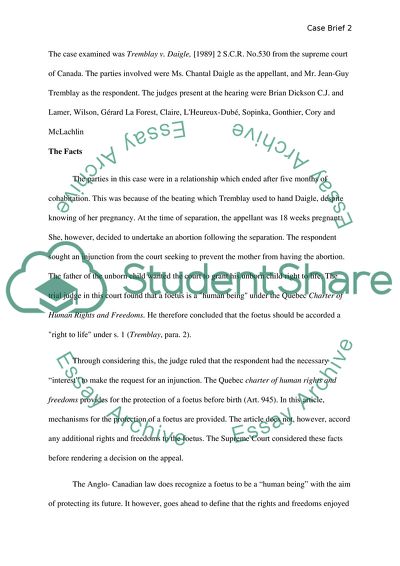Cite this document
(The Case of Tremblay Versus Daigle Report Example | Topics and Well Written Essays - 1500 words, n.d.)
The Case of Tremblay Versus Daigle Report Example | Topics and Well Written Essays - 1500 words. https://studentshare.org/law/1760174-case-brief
The Case of Tremblay Versus Daigle Report Example | Topics and Well Written Essays - 1500 words. https://studentshare.org/law/1760174-case-brief
(The Case of Tremblay Versus Daigle Report Example | Topics and Well Written Essays - 1500 Words)
The Case of Tremblay Versus Daigle Report Example | Topics and Well Written Essays - 1500 Words. https://studentshare.org/law/1760174-case-brief.
The Case of Tremblay Versus Daigle Report Example | Topics and Well Written Essays - 1500 Words. https://studentshare.org/law/1760174-case-brief.
“The Case of Tremblay Versus Daigle Report Example | Topics and Well Written Essays - 1500 Words”. https://studentshare.org/law/1760174-case-brief.


